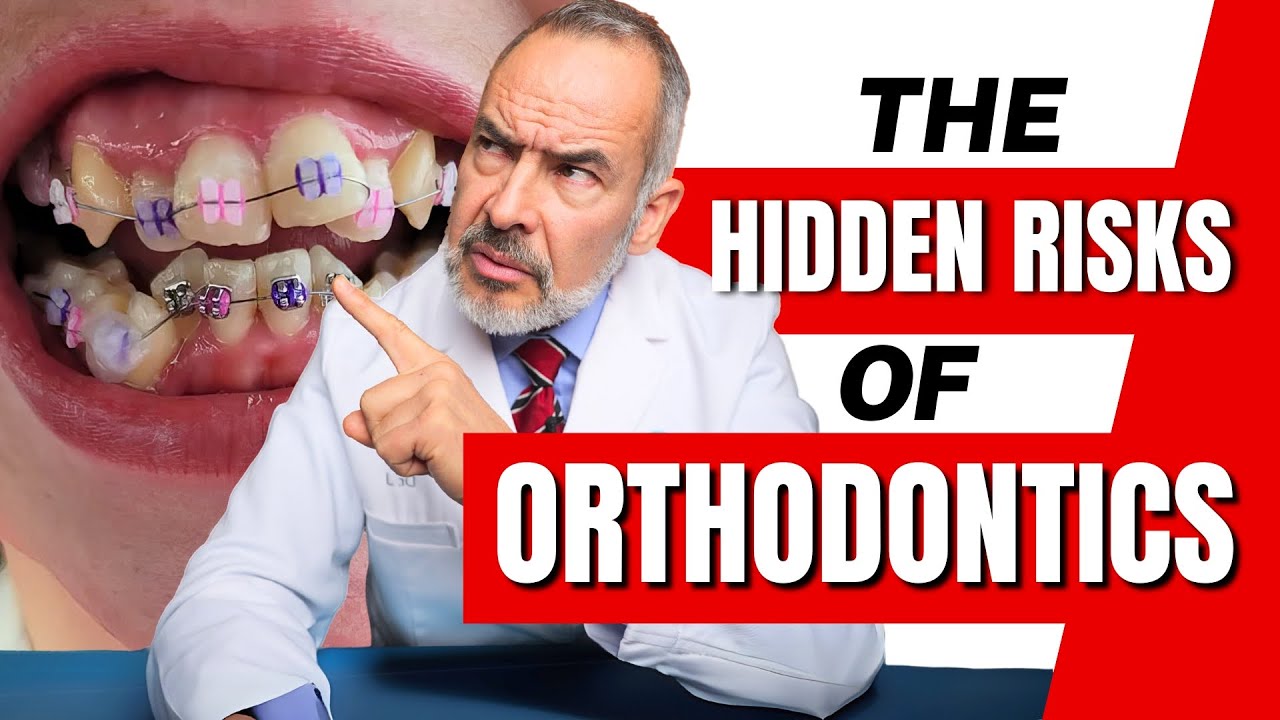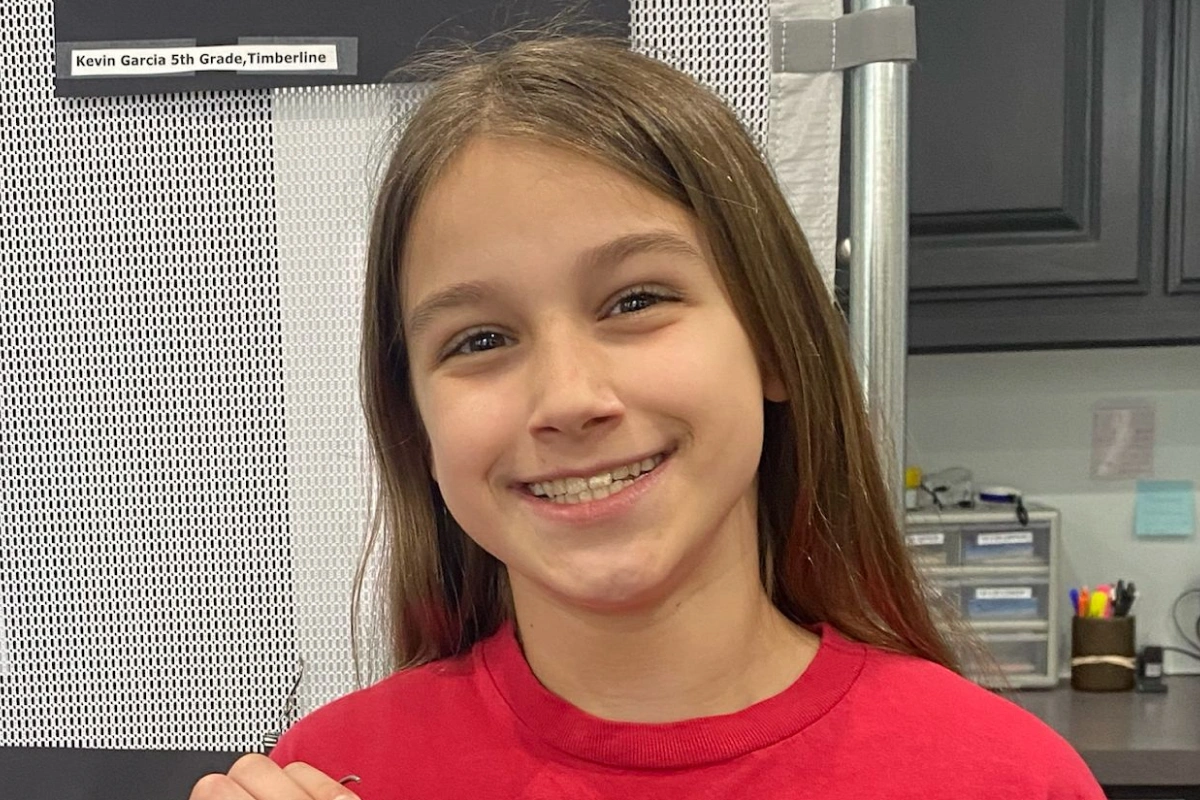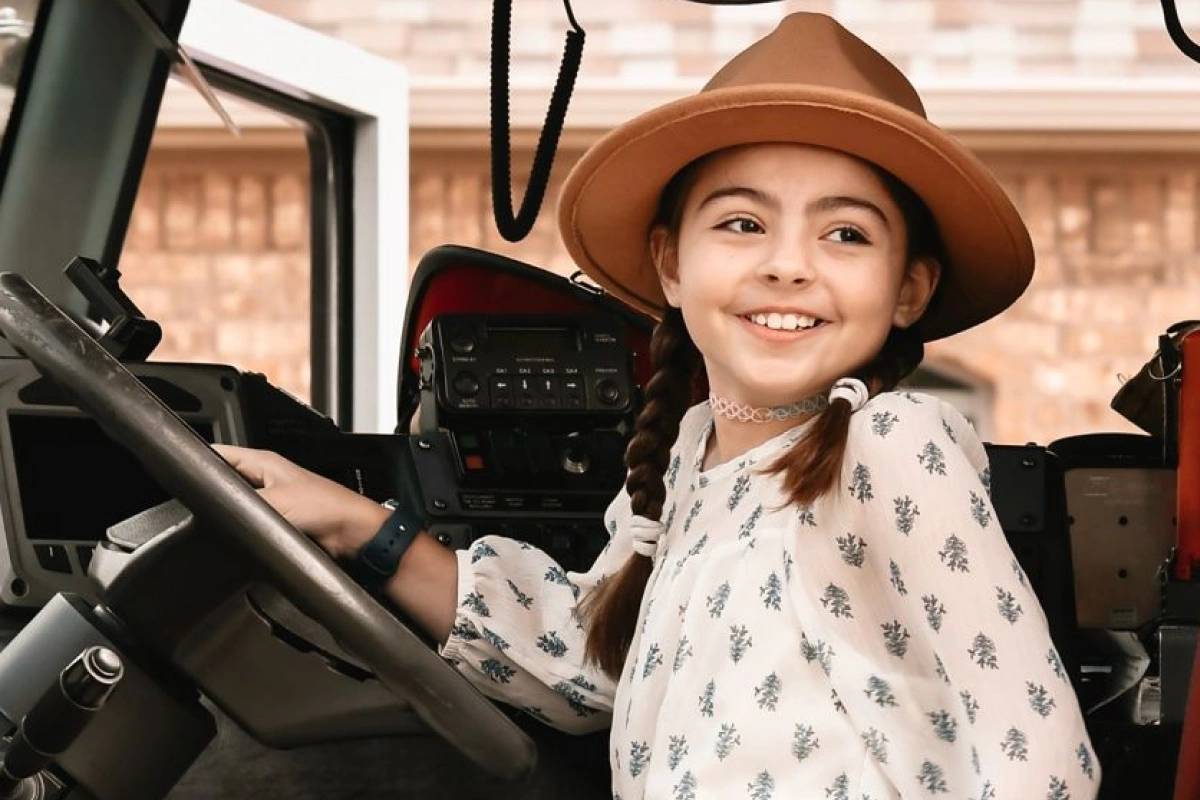
“Invisalign is an amazing option for straightening teeth, but let’s be real—there are some problems that come with it. If you or someone you know has Invisalign, you’ve probably dealt with one or more of these issues. Today, I’ll show you exactly how to fix four of the issues people face with Invisalign!” We’ll walk you through four common problems parents face with Invisalign and what you can do about them. If you’re considering Invisalign First for your little one, keep reading to get the inside scoop on how to make sure everything goes as smoothly as possible!
“In case you’re new here, I’m Dr. J, and I’ve been helping kids and parents like you for over 25 years. I’m passionate about fixing teeth because I know a beautiful, functional smile is so much more than looking good. It affects a person’s entire life! I love helping people because it’s directly tied to my faith in Jesus Christ.
1. Rough Edges on Aligners
Invisalign aligners are made from a specialized, precision-cut, thermoformed plastic. While they’re designed to be comfortable, sometimes (rarely actually) the edges of the aligners can be rough, causing irritation to your child’s gums and the inside of their lips. If this happens, don’t worry! It’s an easy fix.
Here’s what you can do:
- Scissors or cuticle cutters (you can grab these for about $6). The cuticle cutters are preferred as they allow you to make precision small cuts.
- Emery board (a simple nail file will do, and it costs about $3). It’s also called a dual-sided salon board.
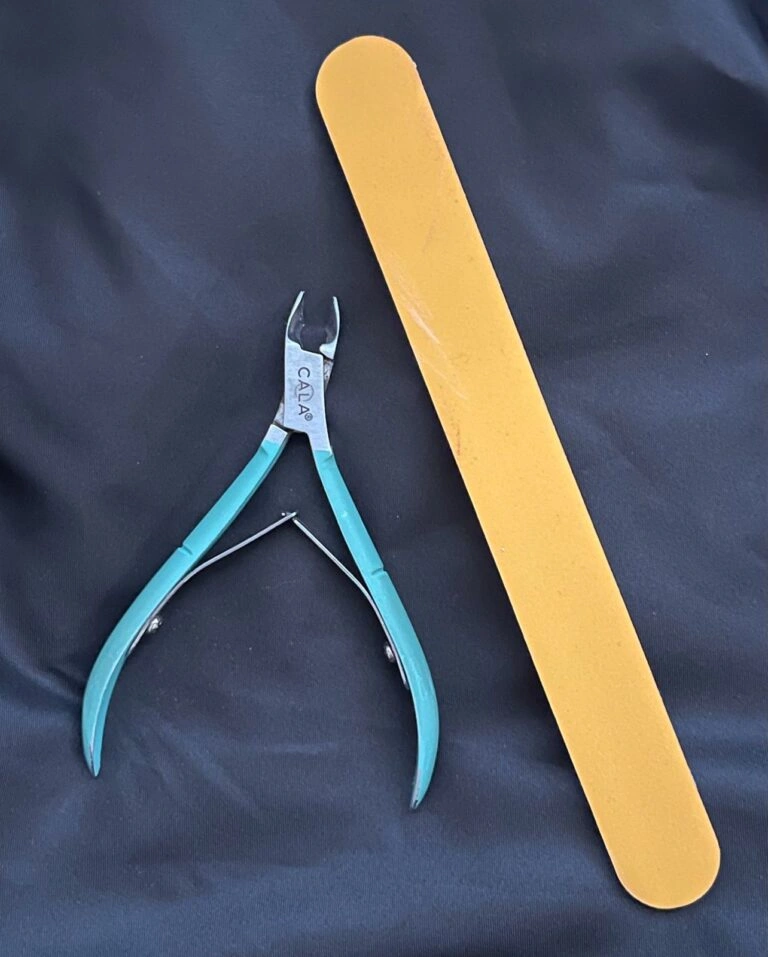
Carefully trim or file the rough edges to smooth them out. Just make sure to do this gently to avoid cutting too much! This small adjustment can make a huge difference in your child’s comfort.
2. Flattened Aligner from Biting
It’s easy to accidentally flatten an aligner while trying to seat it in place. Here’s how it happens: when your child tries to bite down to get the aligner to fit, they might inadvertently bend the plastic. Once this happens, it’s often hard to get the aligner to sit correctly again.
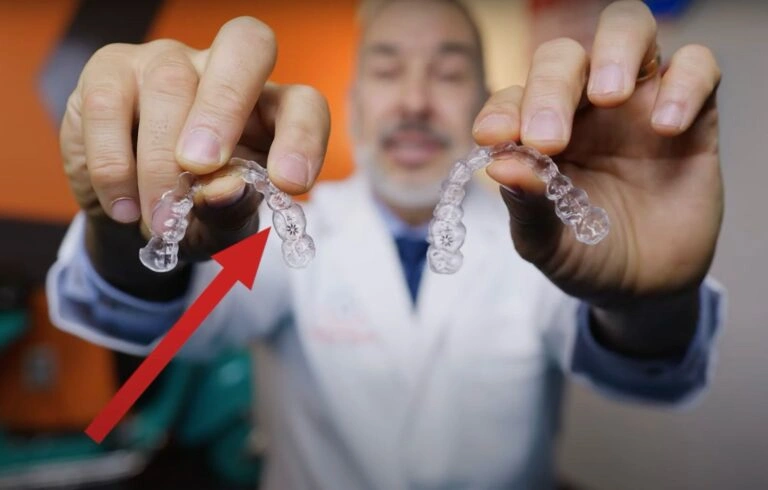
How to fix it: If this happens, don’t panic! The aligner isn’t ruined. You can use common pliers (after they are clean of course – preferably with alcohol) to gently reshape the aligner back into place. It’s important to match the bent side to the correct side so it fits properly again. It may feel a little tight at first, but it will work just fine until your next scheduled visit.
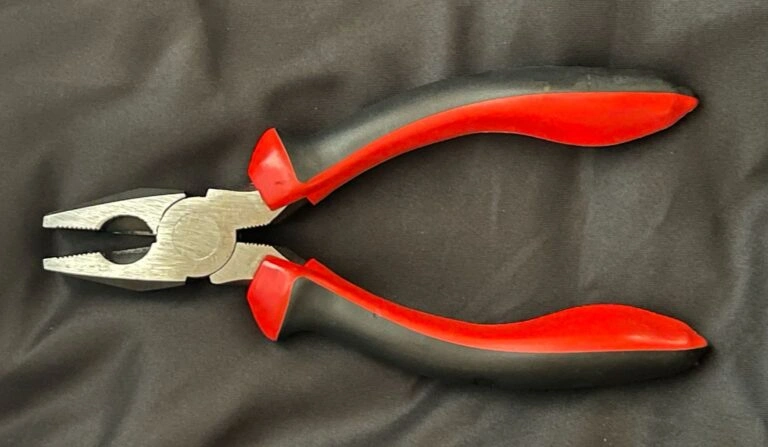
3. Cracking the Aligner When Removing It
Another common issue parents see is their child cracking an aligner when trying to take it out. It’s tempting to yank the aligners out by pulling from the front or at an awkward angle, but this can easily cause the plastic to crack or snap. When that happens, stress is placed and the aligners will crack or rip. See the example below.
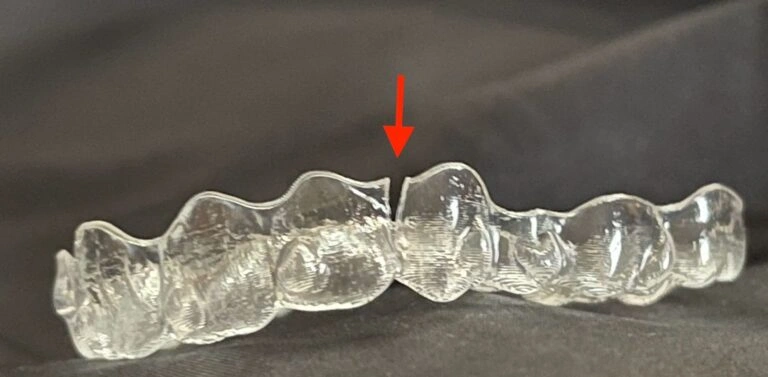
The right way to remove an aligner: Make sure your child uses both hands—gently placing their index fingers or thumbs at the back corners of the aligner. This prevents putting stress on the front, which is what causes the cracks. If your child has trouble, ask your orthodontist for a handy tool that makes removing the aligners even easier. (At our office, we provide these for free!)
4. Stained Aligners
One of the less fun issues with Invisalign is the potential for stains. Kids (and adults!) who drink coffee, tea, or anything with color or sugar in it can end up with stained aligners. The stain is permanent and you cannot clean it off no matter how much you scrub them! Can you tell which is which below?
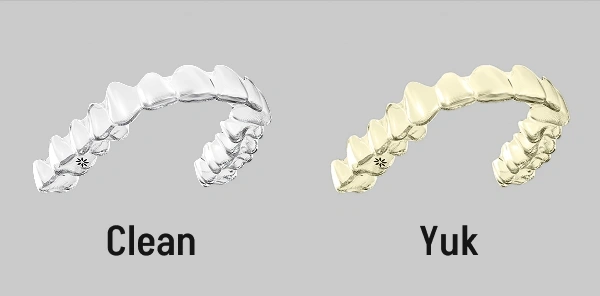
The solution: The easiest way to keep aligners clean is to stick to water. Cold or room temperature water is safe, but hot drinks or liquids should be avoided, since heat can warp the plastic. If your child really needs to have a drink, just have them remove the aligners, drink, then brush or rinse their teeth before putting them back in. It’s a simple fix that helps keep the aligners looking clear and working as they should.
Bonus: A Free Resource to Help You Decide—Invisalign First vs Traditional Braces.
If you’re reading this and wondering whether Invisalign First is the right choice for your child, I’ve got something to help you out. I’ve put together a free comparison guide that breaks down the pros and cons of Invisalign First vs. traditional braces, so you can make the best decision for your child’s smile.
Simply click the link below to access the guide!
Conclusion
Invisalign is a great option for straightening teeth, but it’s not without its challenges. By being aware of these common issues and knowing how to address them, you can help make the experience as smooth as possible for your child. Remember, every kid is different, and it’s important to stay in close contact with your orthodontist if you run into any trouble along the way. And if you ever lose an aligner, don’t worry—there’s a solution for that, too! Check out my other blog about that.
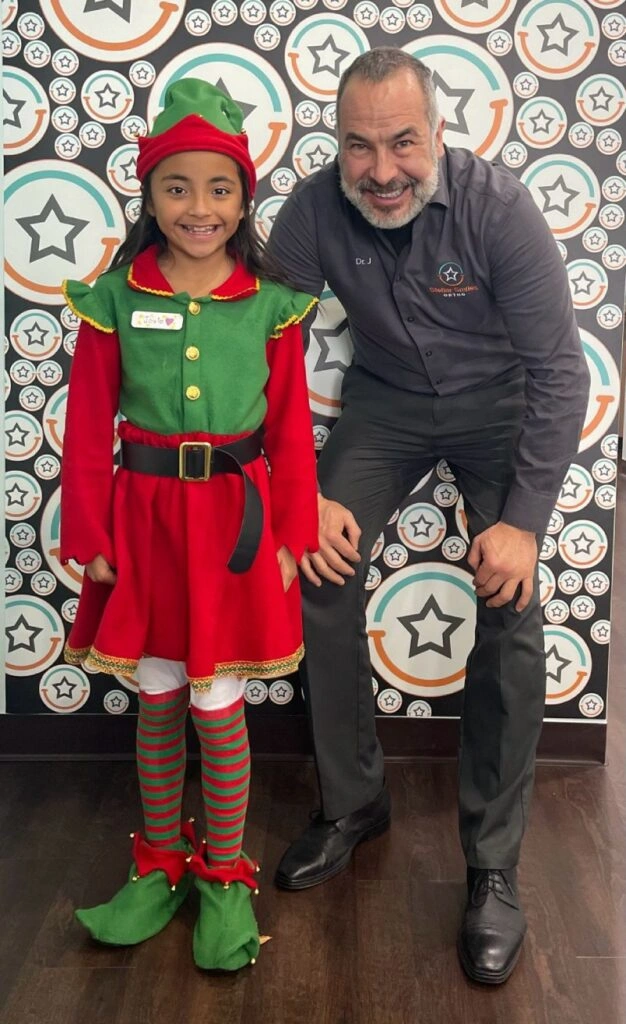
Want to see and hear more?
For a more interactive experience, check out the live YouTube version of this blog, where we dive deeper into the topic and share expert insights. Watch the full video!
Spend time with God. If you give him the time, everything will change in your life. I am not saying your problems will disappear but how they affect you and how you handle them will change dramatically. This no-worries attitude can only come from the Creator.

